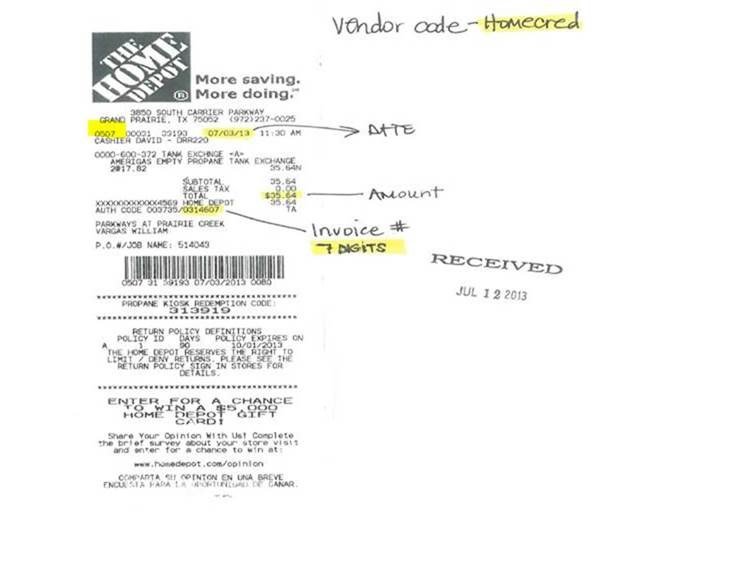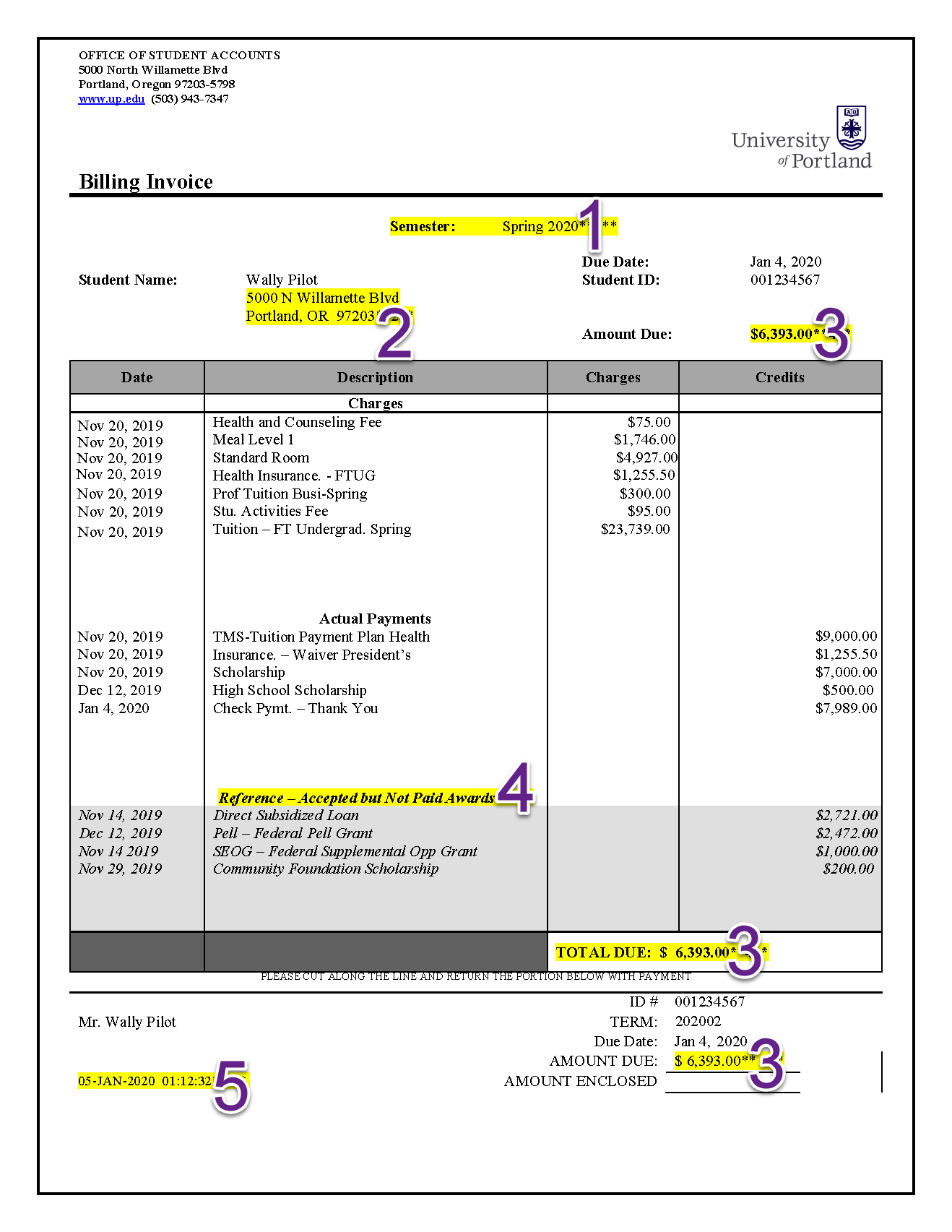

The final invoice should detail how the deposit amount from the previous invoice has been subtracted and what is the remaining balance.Īttaching the deposit invoice as a reference is also convenient for customers. Once your work is wrapped up, send another invoice to request final payment, called the “final invoice.” When the work is done, send a final invoice. Send the deposit invoice as the first invoice.Īfter you and your customer have agreed on the details of the project or product, create and send a deposit invoice as the initial invoice.Ģ. Next, let’s look at the practice of sending invoices when your business collects deposits.ġ. You can use a percentage (such as 10%) or a fixed amount (such as $1000), depending on your agreement with the customer.

Description of items or work being invoiced.
#Whats an invoice on account pro#
Learn what a pro forma invoice is and when to use one.ĭetails included in a deposit invoice are: 🔎 Tip: Although deposit and proforma invoices seem similar, they are not identical. Or if they do, you get a portion to cover your loss. In essence, you want to ensure the client will not cancel at the last minute after investing your resources and time into their project. Freelancers working with a new client - A freelancer who has not established trust with the client may request a deposit invoice to protect themselves from the possibility of the client declining to pay upon delivering the promised services.Such businesses would want to collect a deposit to ensure commitment and ensure all available spots will be filled. Service booking - Think restaurant reservation for exclusive dining or limited space workshops.Worse, some products cannot even be resold to other customers. If a deposit is not required and the customer cancels later, the business is left bearing the costs for unpaid work. Made-to-order work - A business creates personalized jewelry, clothing, or artwork.

You may not have enough cash in reserve to cover all those expenses. Some projects require an initial investment to get things up and running - materials, equipment rentals, venue booking, or hiring subcontractors.įronting all those startup costs can be a challenge. The common use cases include the following: Using a Deposit Invoice for the Upfront Cost


 0 kommentar(er)
0 kommentar(er)
